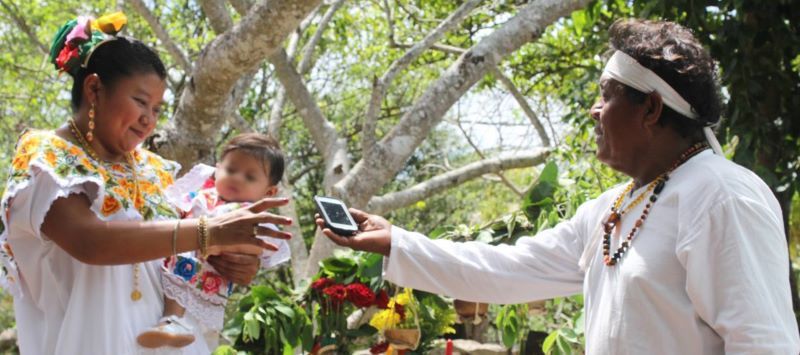The Hetzmek Celebration in Mexico - A Cultural Initiation for Young Ones
Explore the fascinating Hetzmek ceremony in Mexico, where the beauty of childhood is celebrated with rich symbolism. Join us as we learn more about this ancient Maya tradition and how it was used to bring people together and teach them about their future responsibilities.





